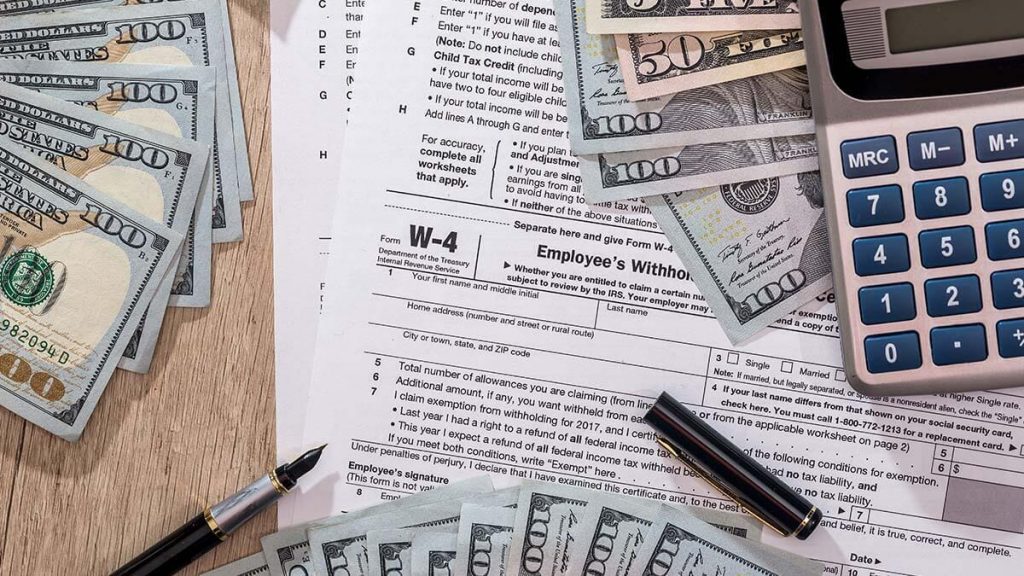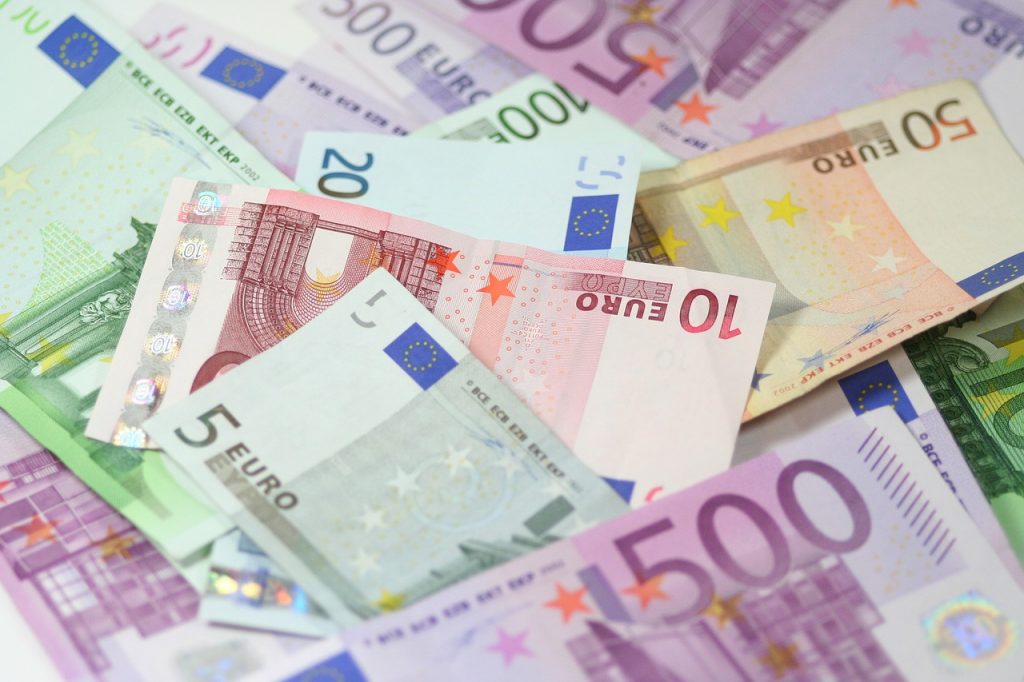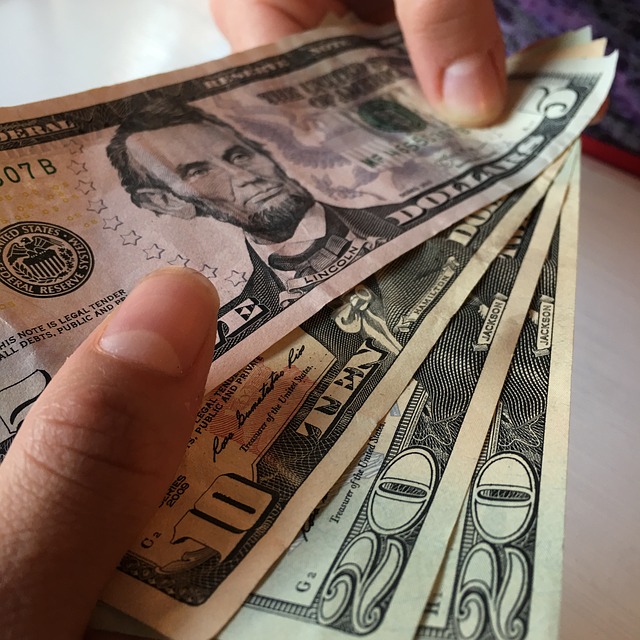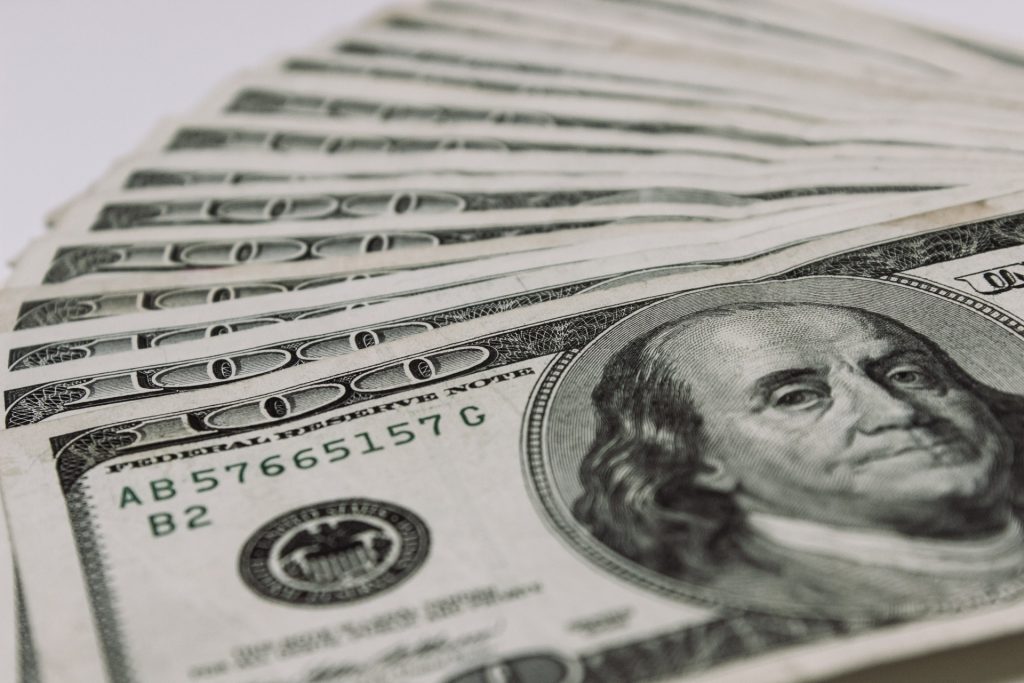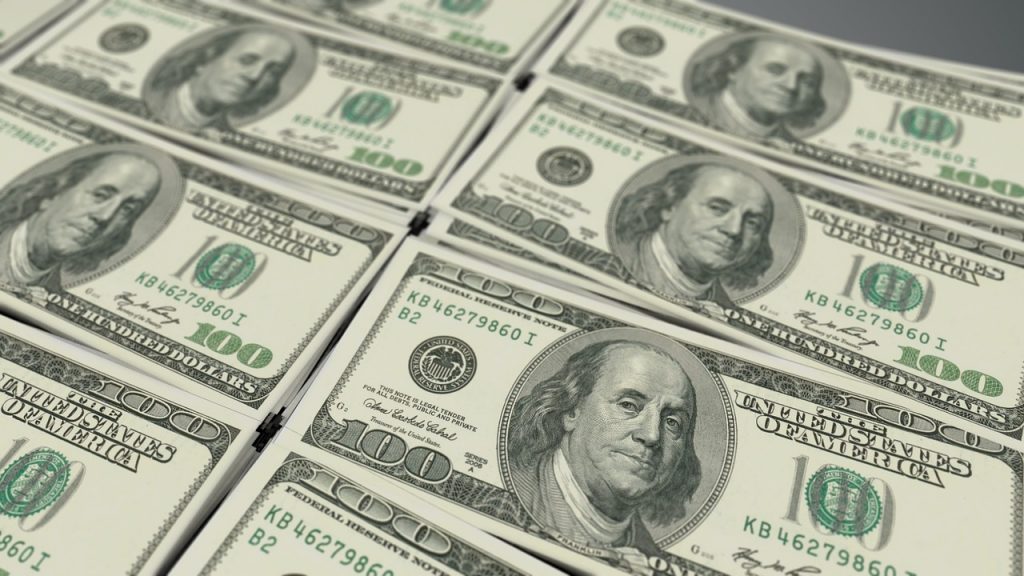
Mark Hauser, co-managing partner at Hauser Private Equity, highlights ways in which the Fed’s evolving interest rates impact consumers and businesses alike and ways to mitigate negative impacts.
Banks, stock exchanges, and investment firms are well-known components of the United States’ financial landscape. However, one little-understood federal agency regularly implements policies that can impact consumers’ wallets. The United States Federal Reserve System (or the Fed), is charged with providing the country with a more stable, more flexible, and safer monetary and financial structure.
The Fed is best known for its monetary policy-related actions. In 2022, the Fed has been in the news for its aggressive interest rate hikes to bring inflation under control. As of late summer, the agency had raised the Federal Funds Target Rate four times. The Fed is expected to implement at least one more rate hike before the year’s end.
Private equity principal Mark Hauser explains the rationale behind the Fed’s interest rate increases. He also discusses how the agency’s actions may impact consumers’ financial well-being. Finally, he highlights three strategies that may help consumers ease higher interest rates’ impact.
Snapshot of the Federal Reserve System
The United States Federal Reserve System (or the Fed) effectively functions as the United States’ Central Bank. In December 1913, Congress created the Fed to improve the stability and flexibility of the country’s monetary and financial framework. Although the Fed is technically a government agency, it is also an independent body that does not need Presidential or Congressional approval to operate.
However, Fed Chair Jerome Powell and his staff are frequently asked to testify before Congress. In addition, the agency must provide Congress with biannual reports on economic developments and monetary policy strategies.
The Fed’s Monetary Policy Responsibilities
The Fed’s collective actions are designed to facilitate a strong United States economy. More specifically, Congress has directed the Fed to engage in monetary policy that supports three interrelated goals: stable prices, maximum employment, and moderate extended-term interest rates.
For perspective, the term “stable prices” means consumers don’t have to factor in higher or lower prices when making financial plans or taking out longer-term loans. These stable prices enable longer-term interest rates to stay in the moderate range. Next, the term “maximum employment” is the highest employment level, or the lowest unemployment level, that the economy can absorb while keeping the inflation rate stable.
The Fed’s 12-member Federal Open Market Committee (or FOMC) formulates the agency’s monetary policy. The FOMC has decided that a 2 percent longer-term inflation rate is most compatible with the Fed’s economic mandate.
This lower inflation rate leads to the prevalence of “moderate” interest rates. These lower rates enable consumers to make sound borrowing, saving, and investment decisions. Private equity expert Mark Hauser remarks that these well-founded decisions enable a smoothly functioning economy.
Why the Fed is Raising Interest Rates in 2022
For perspective, the Fed cannot automatically raise or lower every financial institution’s interest rate. Instead, the Fed determines the “Federal Funds Target Rate,” which is the bank-to-bank interest rate for overnight bank loans.
When the Fed raises the Target Rate, the Bank Prime Loan Rate (or the Prime Rate) also goes up. This is the credit rate banks’ most creditworthy customers receive. In turn, the Prime Rate serves as the basis for other consumer credit rates. A higher Prime Rate will likely increase the borrowing costs for less creditworthy consumers.
Borrowers who want mortgage or car loans, or plan to make credit card purchases, will also see higher rates. Each consumer’s income, assets, and liabilities ratio and creditworthiness will affect the rate they are charged, says Mark Hauser.
The Fed is Targeting High Inflation
The Fed’s 2022 interest rate hikes are designed to fight excessively high inflation. The annualized United States inflation rate is 8.3% for the 12-month period ending August 2022, says a September 13th U.S. Department of Labor report.
The Fed’s interest rate hikes are designed to slow the inflationary pressures on the United States’ economy. By increasing borrowing costs, the Fed hopes consumers will take out fewer loans. This will lead to reduced demand for goods and services, causing businesses to ramp down production. Lower prices, and a lower inflation rate, will ideally follow. Overall, the Fed’s actions should bring economic growth back to a more sustainable level.
However, the Fed’s interest rate strategy is a delicate balancing act. Too-high interest rates could cause a greater-than-expected drop in demand. Decreased production often leads to workplace layoffs and widespread economic hardship. Over time, this could cause the United States economy to contract (or enter into a recession). Private equity executive Mark Hauser acknowledges this is a widespread concern.
The Fed Will Stay the Course
Federal Reserve Chair Jerome Powell says the Fed will continue its aggressive interest rate hikes until inflation returns to a more manageable level. He says it’s important to achieve this goal before the public begins to regard higher prices as the norm rather than the exception.
“The Fed has the responsibility for price stability, by which we mean 2% inflation over time…The longer inflation remains well above target, the greater the risk the public does begin to see higher inflation as the norm, and that has the capacity to raise the costs of getting inflation down,” Powell concludes.
5 Ways Higher Interest Rates can Impact Consumers
Higher interest rates can significantly impact consumers’ financial well-being. Mark Hauser emphasizes that these five financial challenges can affect consumers in varied price brackets.
Rising Home Mortgage Rates
High inflation, and correspondingly higher interest rates, have historically decreased housing market demand. This has certainly been the case in 2022, as the housing sector has experienced a significant drop in buyer demand due to higher mortgage rates.
Higher Auto Loan Rates
The Fed’s Target rate and the Prime rate have a direct bearing on auto loan rates. In fact, auto loan rates often mirror the Prime rate. At the same time, the financed vehicle’s estimated resale value, and the lender’s belief that the buyer will repay the loan, are also significant factors.
Increased Credit Card Rates
The Fed’s Target rate and the Prime rate directly influence credit card customers’ interest rates. With the Prime rate as a baseline, banks will evaluate each cardholder’s risk profile and assign rates accordingly. In the current scenario, all credit card customers are likely to see higher rates.
Rising HELOC Variable Loan Rates
Homeowners who have equity in their homes, and who reside in a property with increased value, may be eligible for a home equity line of credit. Known as a HELOC for short, this cash infusion is directed to home renovation or addition work. A HELOC rate follows the Fed’s Target rate and the Prime rate and can rise accordingly.
Reduced Job Market Opportunities
The United States’ job market is significantly impacted by higher interest rates. Businesses that were staffing up for an expansion may pause their efforts or even lay off employees. Reduced demand can even trigger a company-wide hiring freeze. These hiring slowdowns can affect small family-owned businesses and major corporations alike.
3 Ways Consumers can Mitigate the Rate Hikes’ Impact
Inflation-linked interest rate hikes impact many aspects of consumers’ lives. However, three distinct strategies can help consumers to keep more cash in their bank accounts.
Consider a Zero-Rate Balance Transfer Credit Card
When the Fed hikes its Target interest rate, banks’ credit card rates will soon follow. To minimize the higher rates’ impact, balance-carrying cardholders should consider transferring the card’s balance to a zero-rate balance transfer credit card. Although each bank’s card structure varies, these zero-balance cards typically come with a zero rate that extends for 12 to 21 months.
Before signing on the dotted line, cardholders should determine the new card’s applicable balance transfer or annual fee. The cardholders should learn about late payment or missed payment penalties in the zero-rate period. Paying off the balance prior to the zero-rate period’s end is the best strategy, says financial expert Mark Hauser.
Evaluate a Fixed-Rate Mortgage Loan
Mortgage rates have steadily been rising, and that trend will likely continue. Therefore, serious homebuyers may want to secure a loan at the lowest possible fixed rate without further delay. However, consumers who are not financially ready to commit to such a large purchase should not overextend themselves just to avoid further mortgage rate increases.
Compare Banks’ Savings Account Rates
Most large commercial banks typically pay very low rates on customers’ savings accounts. Although savings rates theoretically rise along with interest rates, the average customer may not even notice the increased yield.
Therefore, customers should consider online banks, which seek additional deposit accounts while keeping current customers happy. These banks will likely offer higher rates. Customers should only consider online banks (and perhaps credit unions) that offer FDIC-insured accounts.
In 2022 Q3, the Fed continues to aggressively increase its Target interest rate. Fed Chairman Powell has signaled that the agency will take every action necessary to get inflation back into acceptable parameters.
While these interest rate dynamics unfold, private equity expert Mark Hauser recommends that consumers adjust their personal budgets accordingly. Individual investors should consult with a financial advisor to determine the best course of action.
